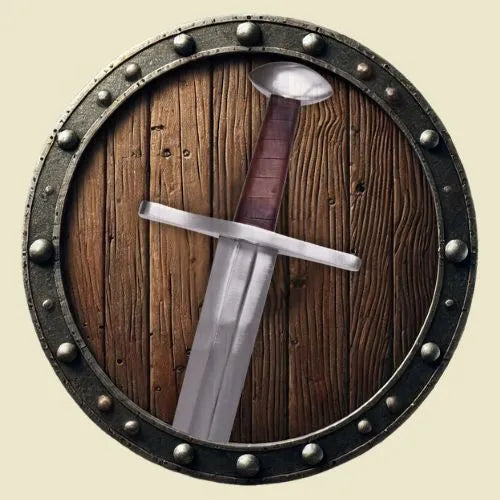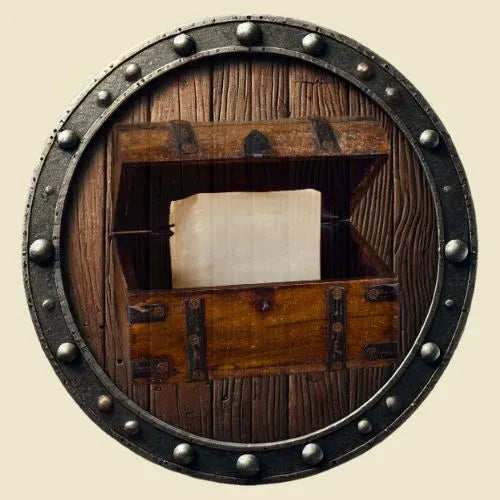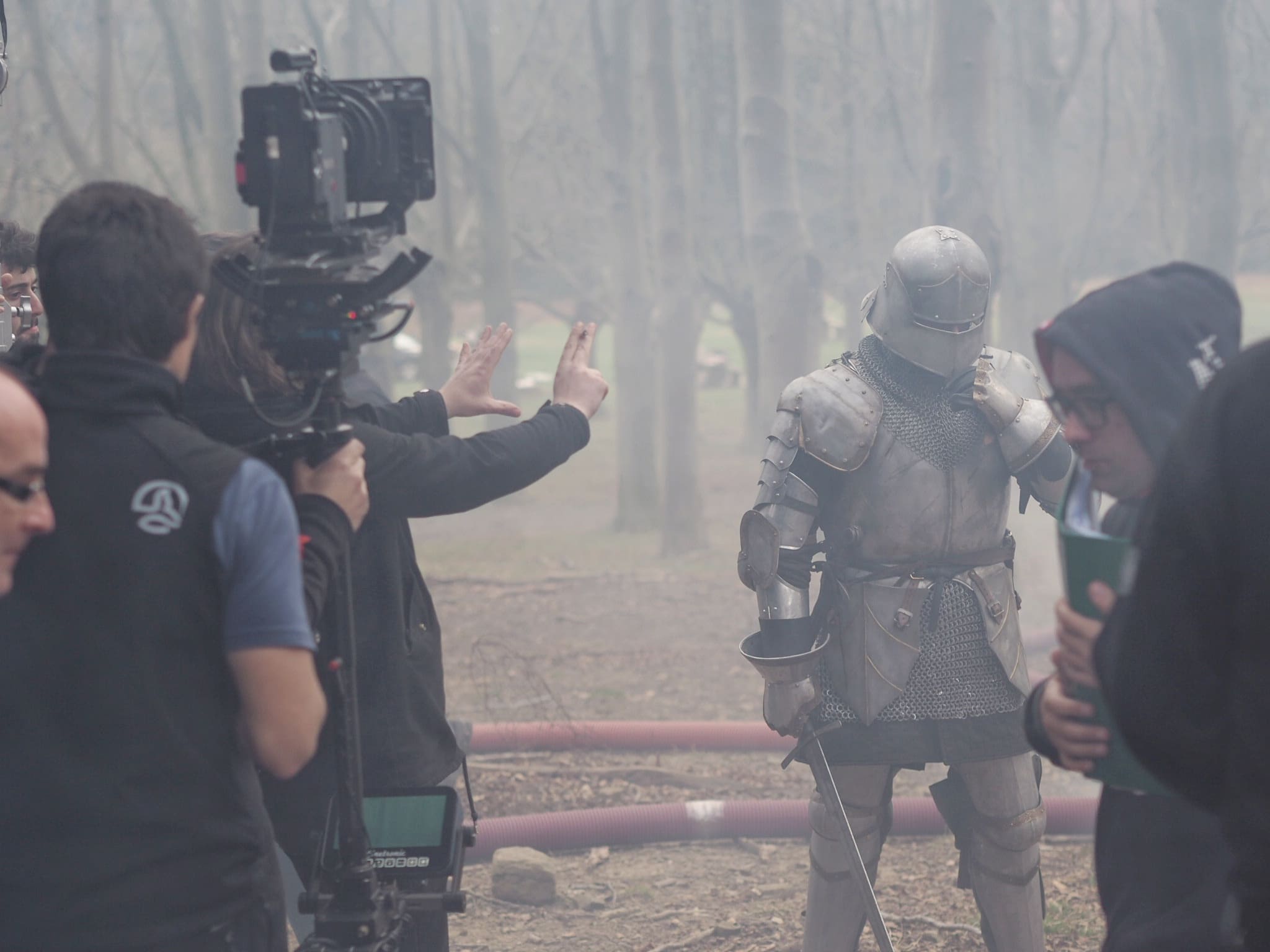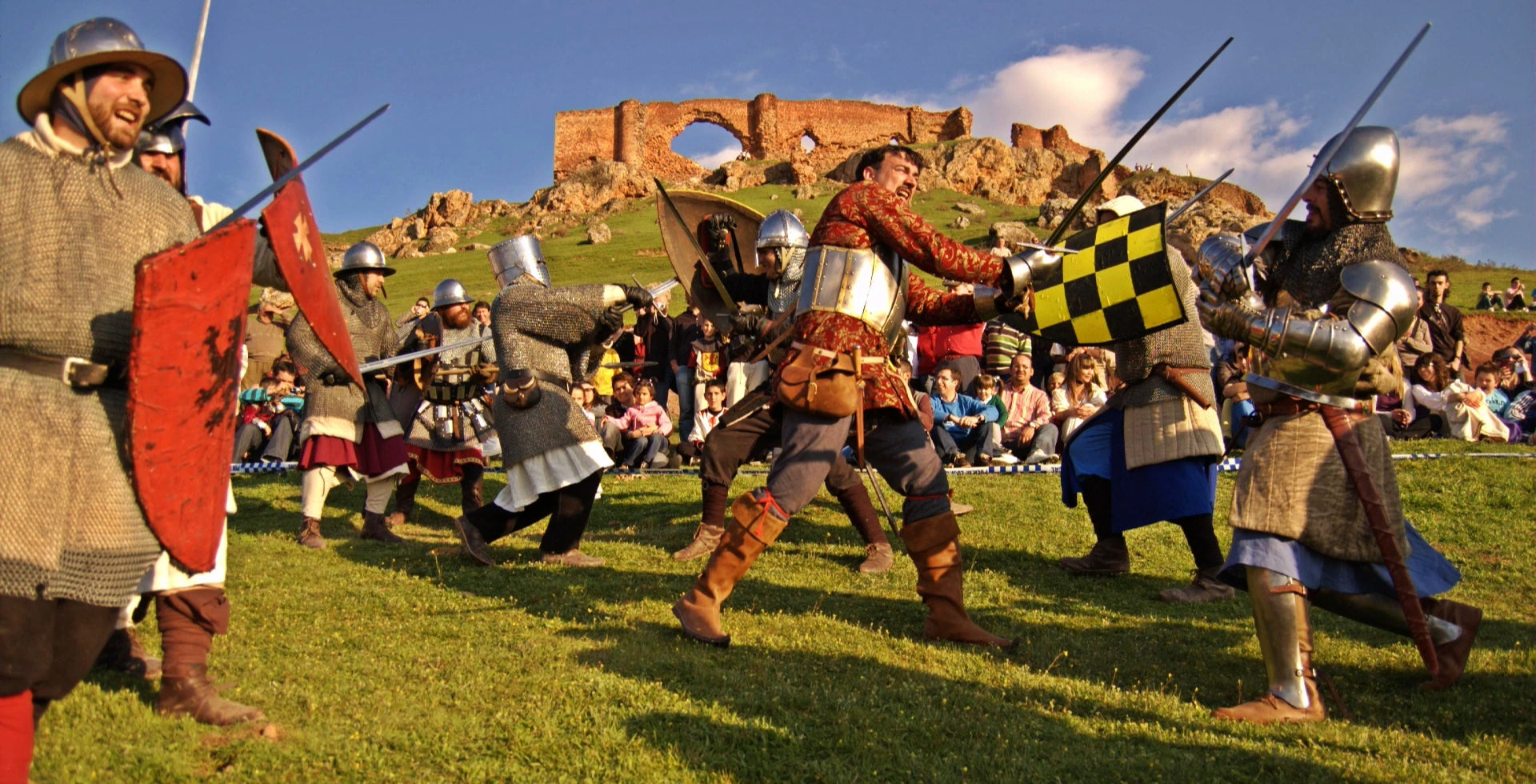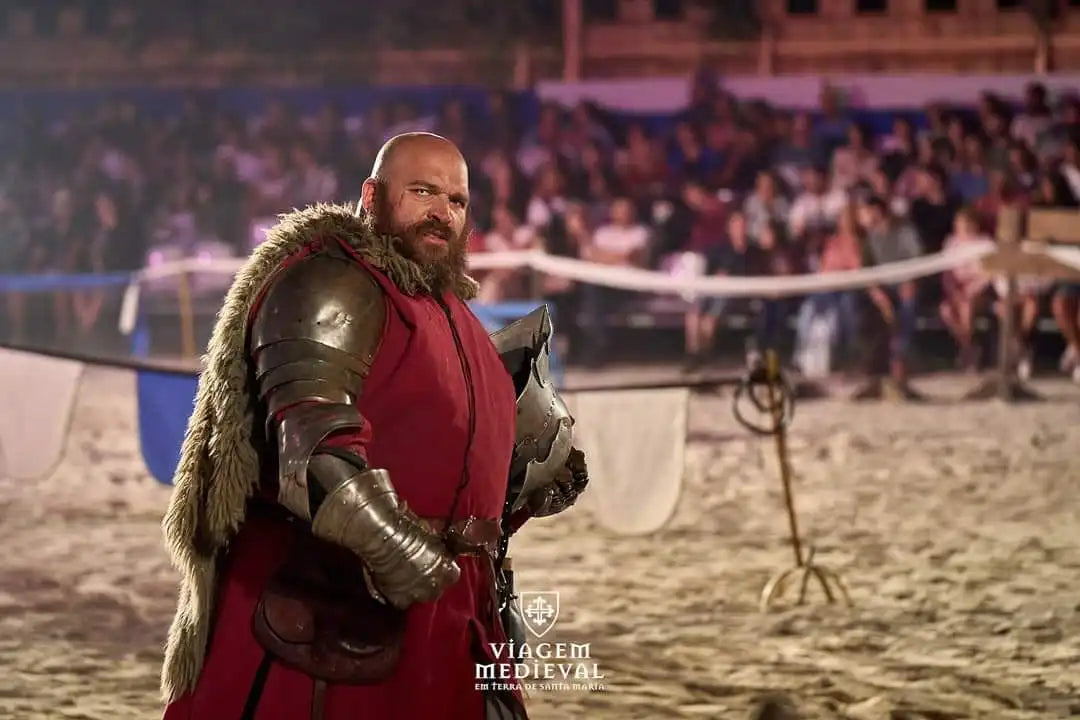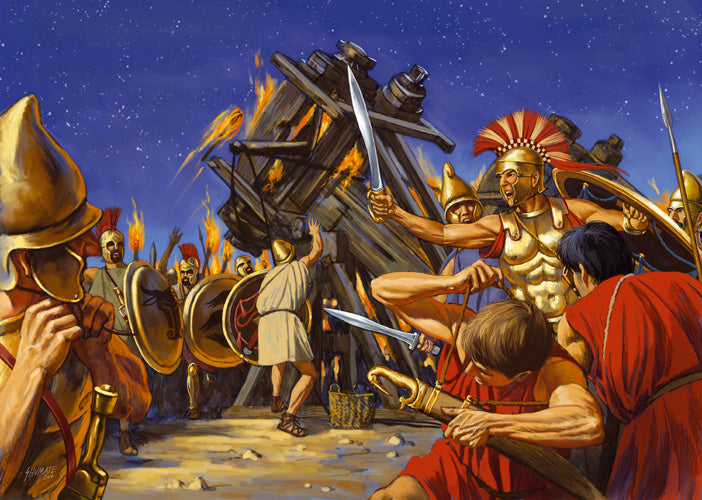Choose options
Enjoy Ancient War Magazine Vol IV -2 - Blockade and Assault
Ancient Warfare IV.2, April/May 2010
Topic: Blockade and assault - ancient siege warfare.
Introduction: Ross Cowan, 'Introduction to the Subject'.
The siege was central to Greek and Roman warfare. The popular imagination may be dominated by images of epic field battles involving clashing phalanxes and dramatic cavalry charges, but victory in the field rarely resulted in a won war. Strategically located fortifications, providing shelter for large communities and commanding lines of communication and trade, were often the main focal points of conflict. One side would retreat to its strongholds and challenge its enemies to waste their lives, finances, materials, and other resources by attacking the walls.
The source: Sean Hussmann, 'Eyewitness Reports.' Thucydides on the Siege. As a naval superpower, in an age of triremes that had to be landed every night, Athens depended on controlling safe harbors and anchorages throughout the Aegean. This wasn't just a purely military issue. Athens obtained most of its grain supply by sea, in the fertile lands surrounding the Black Sea. Therefore, protecting the sea routes to the Dardanelles was a vital cornerstone in the foundation of its empire. Had these routes been disrupted by a rival power, the consequences for the Athenian population would have been deadly. In the winter of 424/423 BC, an Athenian strategos (general) named Thucydides was assigned the task of protecting the coastal region of Thrace against such threats.
Subject: Richard Evers, 'A wall of men, rather than bricks, is better. Success and failure in Spartan siege warfare.'
The Spartans are not famous for their fortifications or siege techniques. It is said that Sparta even refused to build a wall around the city when it adopted the prescriptions of Lycurgus. During the Peloponnesian War, the Spartans seem to have wandered aimlessly around Attica, not daring to attack the long walls of Athens. But there are some notable events that show that Sparta had walls surrounding its city and engaged in siege warfare with considerable success.
Subject: Joseph Pietrykowski, 'With Winged Soldiers: Six Victories of Alexander the Great.' Illustrated by Johnny Shumate.
Although best known as a battlefield commander of unparalleled genius, Alexander the Great was also one of the most prolific and successful besiegers of antiquity. Over the course of his eleven-year career of conquest, countless walled cities and fortresses from Greece to India and from Afghanistan to Egypt fell beneath his world-class siege training. Indeed, Alexander was so extraordinarily successful in taking city after city that it was often said no fortification could withstand him.
Subject: Duncan B. Campbell, "Capturing a Desert Fortress. Flavio Silva and the Siege of Masada." Illustrated by Igor Dzis and Andrew Brozyna.
It's not often that the three disciplines of archaeology, ancient history, and epigraphy come together to shed light on a particular event. But this is precisely what happens in the case of Masada. The desert fortress built by Herod the Great is still surrounded by the remains of Roman siege works constructed at the end of Rome's First Jewish War. And, while Josephus provides the historical narrative, a detailed military career inscription brings Masada's Roman captor to life.
Subject: Paul McDonnell-Staff, 'A War of Logistics: The Siege of Jerusalem, 66 AD' illustrated by Carlos de la Rocha
The campaign for Jerusalem in 66 AD was the worst defeat Rome had suffered since the Teutoburg Forest. How did this disaster befall Roman arms? Roman armies had a well-earned reputation for invincibility, and Cestius Gallus was no fool. The answer lies in logistics, because that is where Gallus's real problems lay. Emperor Nero told the Roman people that the disaster had been caused by failed generalship, rather than Jewish valor, and in this he was undoubtedly right. To see how this happened, we must examine the main factors that affected the campaign.
Reports
Special: Stephan Berry, 'Genes of the Phalangites: Bioarchaeology and the Ancient Battlefield, Part 2.' Illustrated by Andrew Brozyna
The mules of Varian's army died at exactly the right time—perhaps not from Varus's own point of view, but certainly from the point of view of modern archaeology. Based on a sophisticated chemical analysis of the animals' tooth enamel, archaeozoologists have been able to date their death to late summer, fitting perfectly with the established date of September 9 AD for the Varian disaster in the Teutoburg Forest.
The debate: Murray Dahm, 'The debate: 'the push' or not the push'.
Illustrated by Andrew Brozyna
The term othismos (literally 'to push' or 'to shove' although there are countless
Other meanings) is generally considered to typify classical hoplite combat when two lines of hoplites faced each other in battle. It has commonly been likened to a giant rugby football scrum. However, debate continues as to whether this otism was real or metaphorical, literal or figurative, and scholars are broadly divided.
In these two fields, and although not as vitriolic as some academic debates, it has been expressed in the quasi-religious terminology of orthodoxy and heresy, the debate is like an otism in itself, with each argument pushing and probing the other. Some arguments push the other from behind, forcing it to give ground, while others have to give ground.
At Tienda Medieval, we have thousands of medieval and other period products. Discover them!
Free shipping
The entire Iberian Peninsula from €60 (*Does not include islands) and shipping worldwide. Check our rates.
Customer service
We are available Monday through Friday to answer your questions.
Secure Payment
We comply with all regulations to ensure Secure Payment
Contact us
Need to contact us? Just email us at info@espadasymas.com

